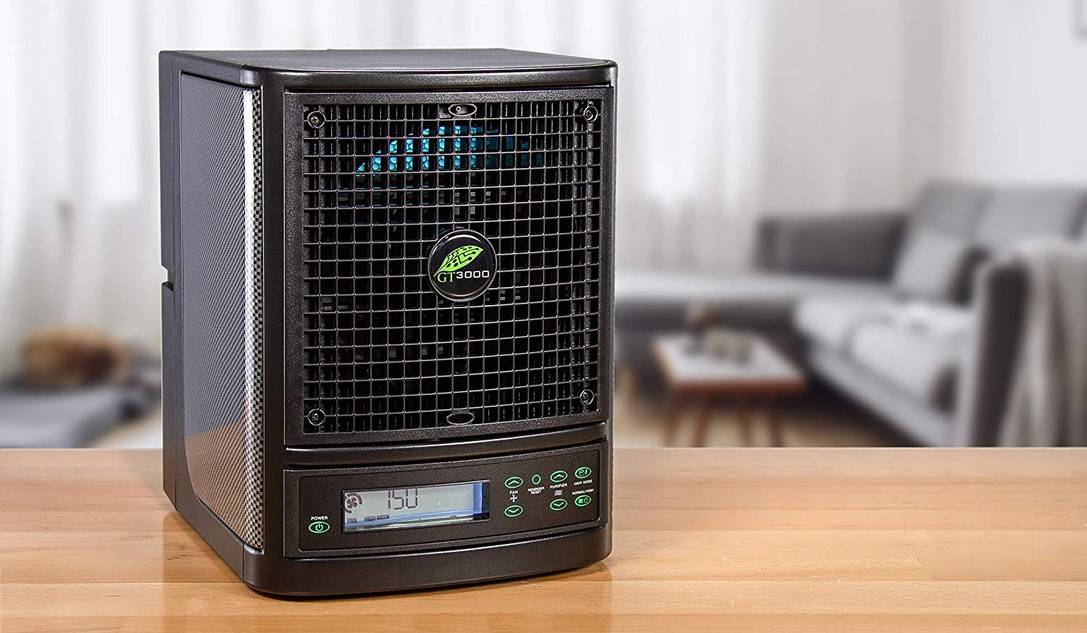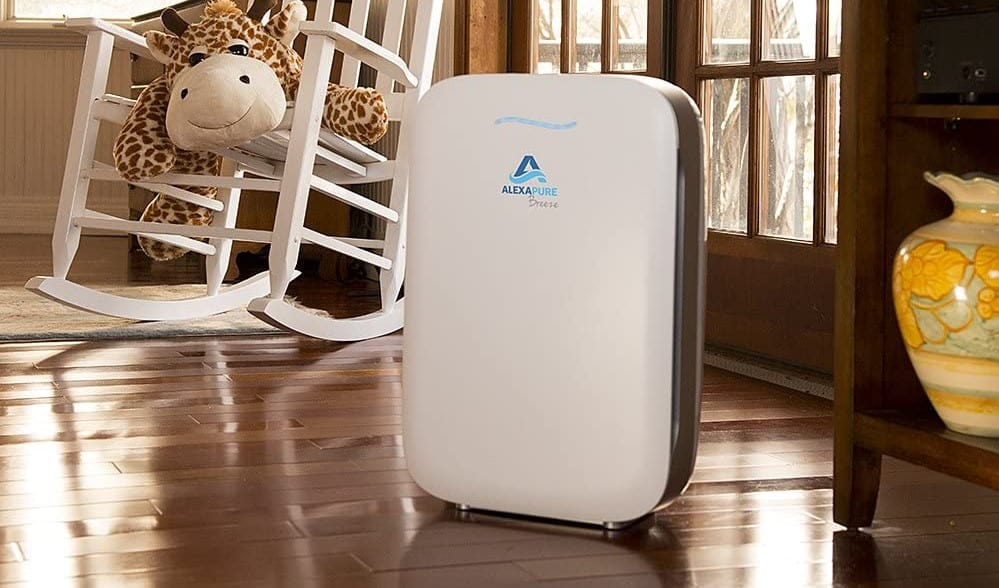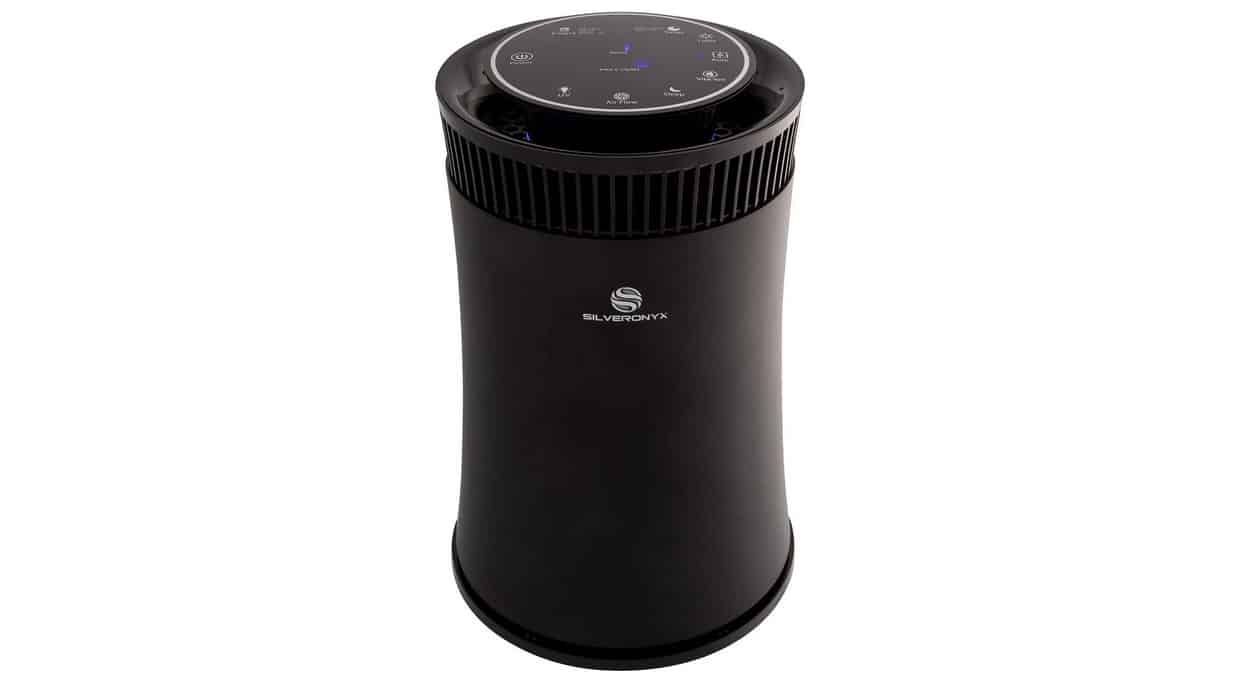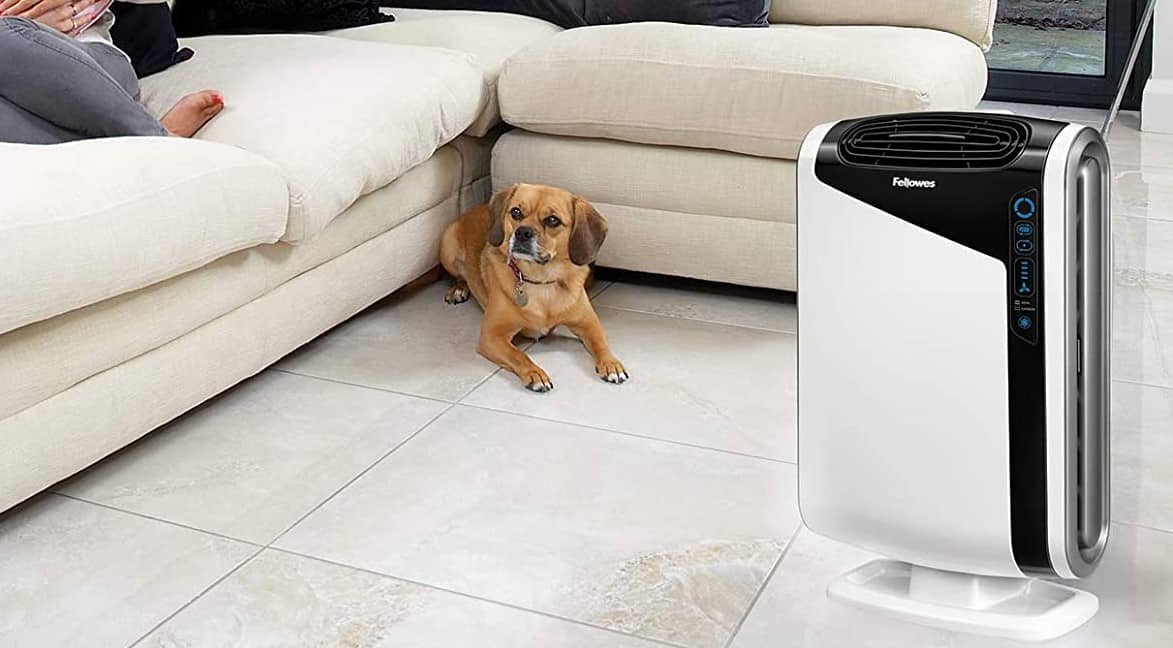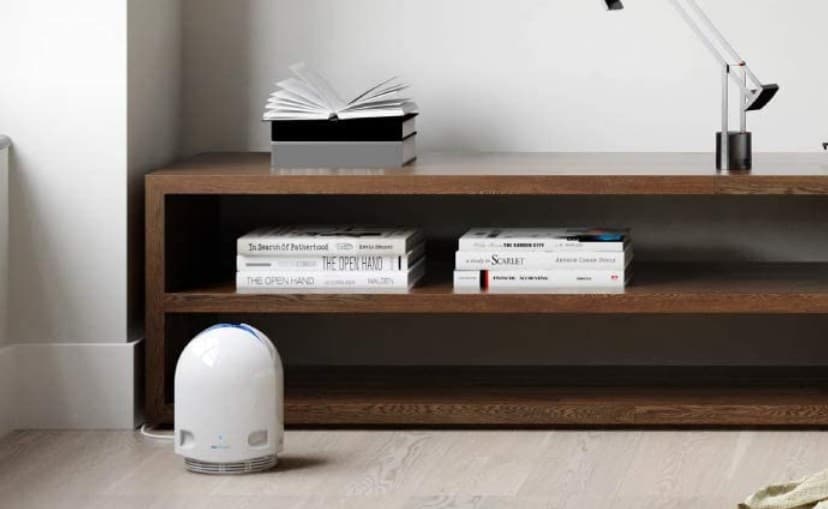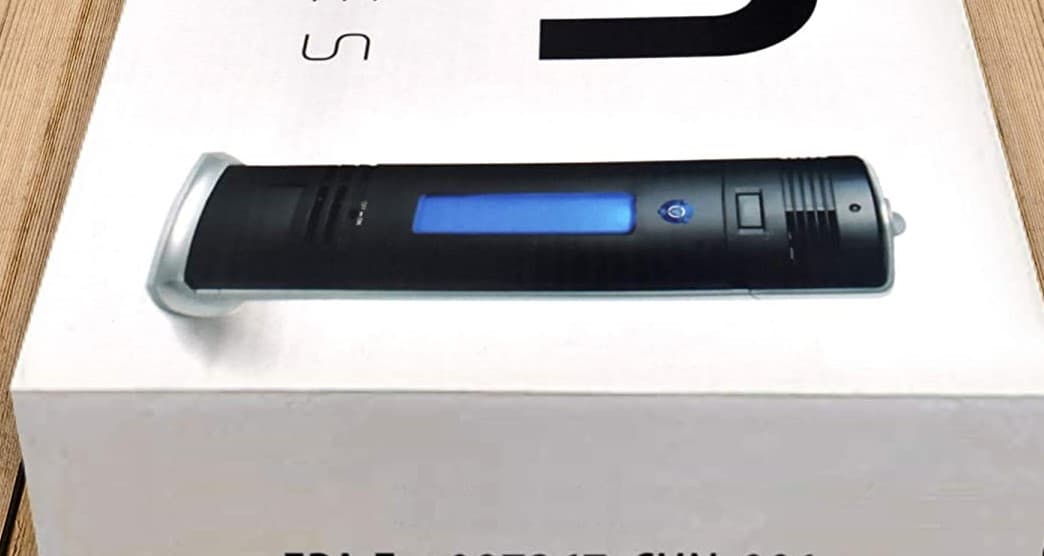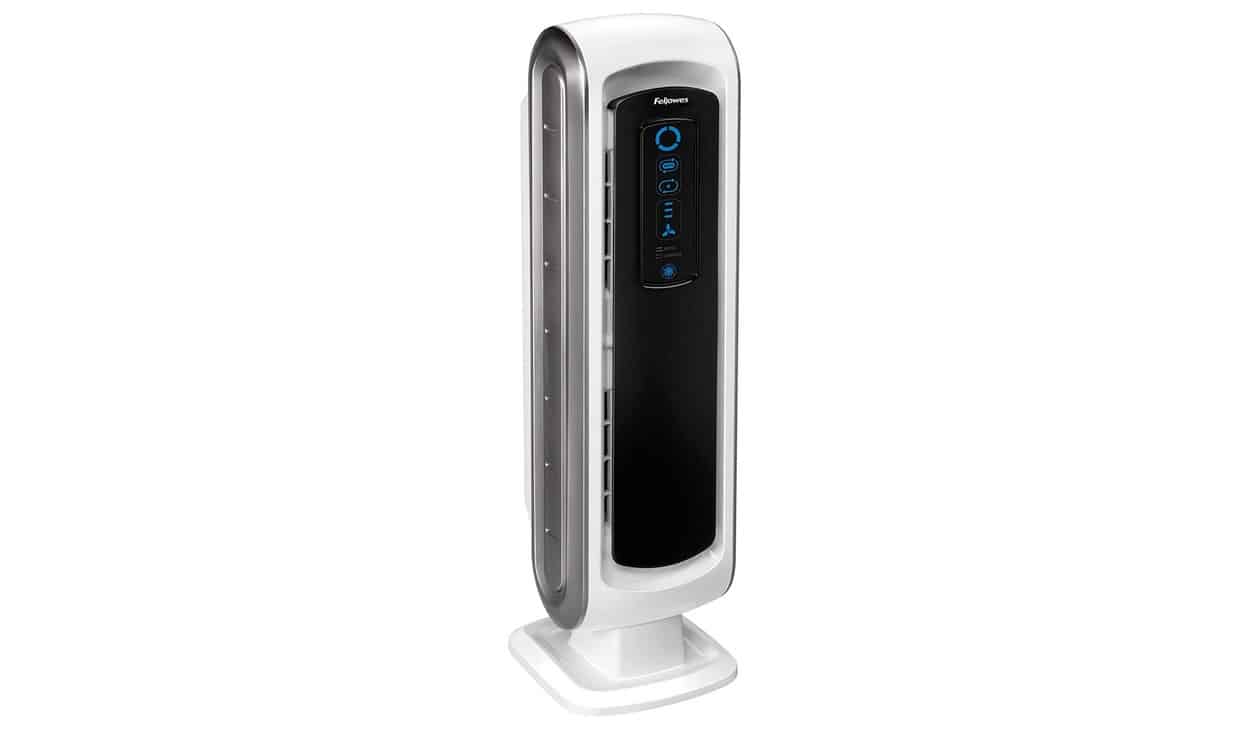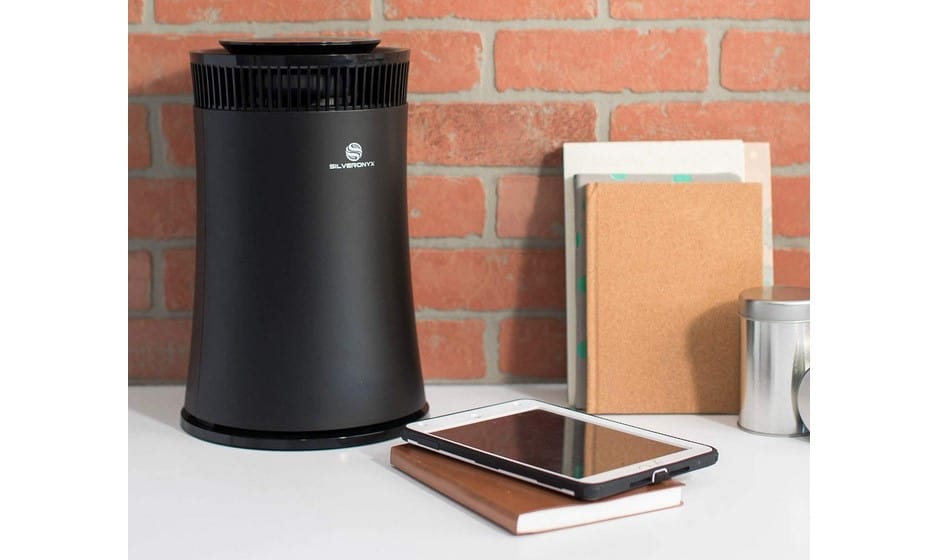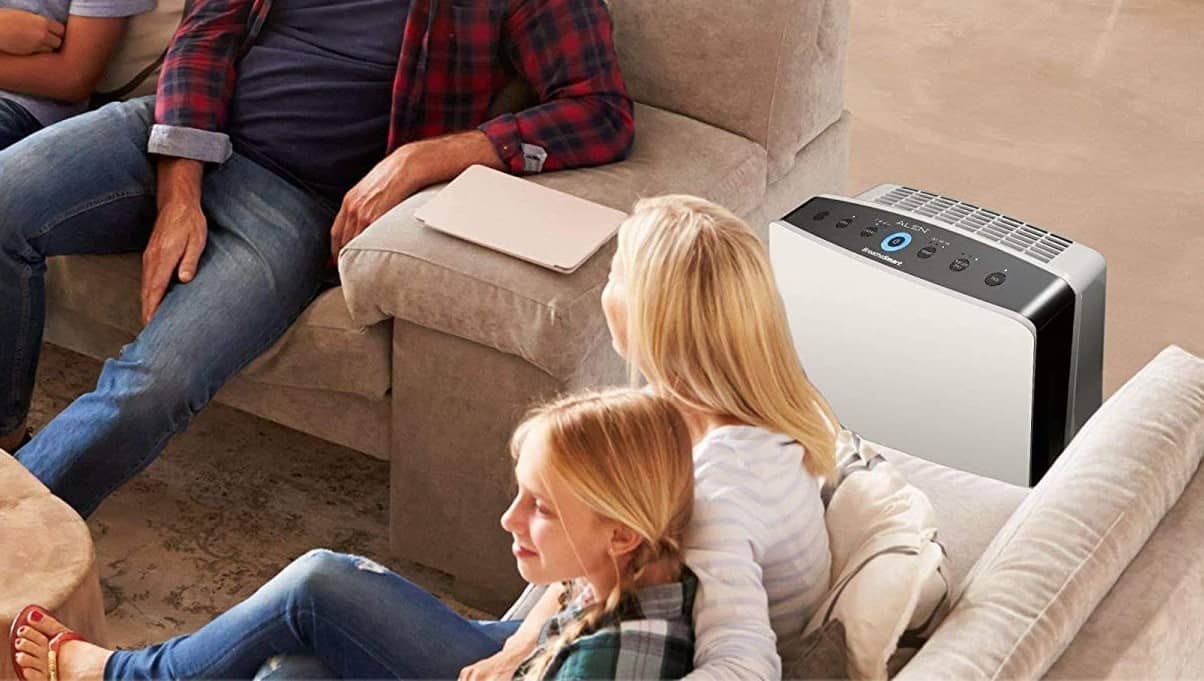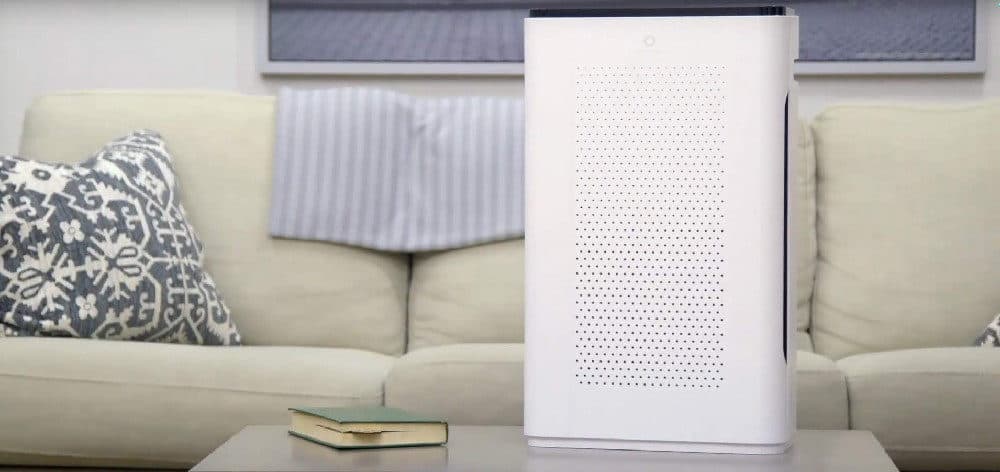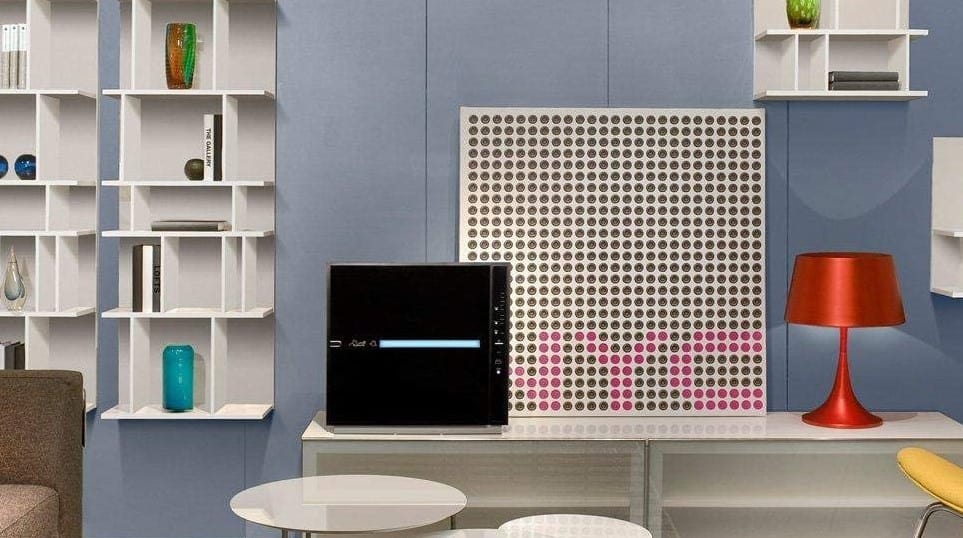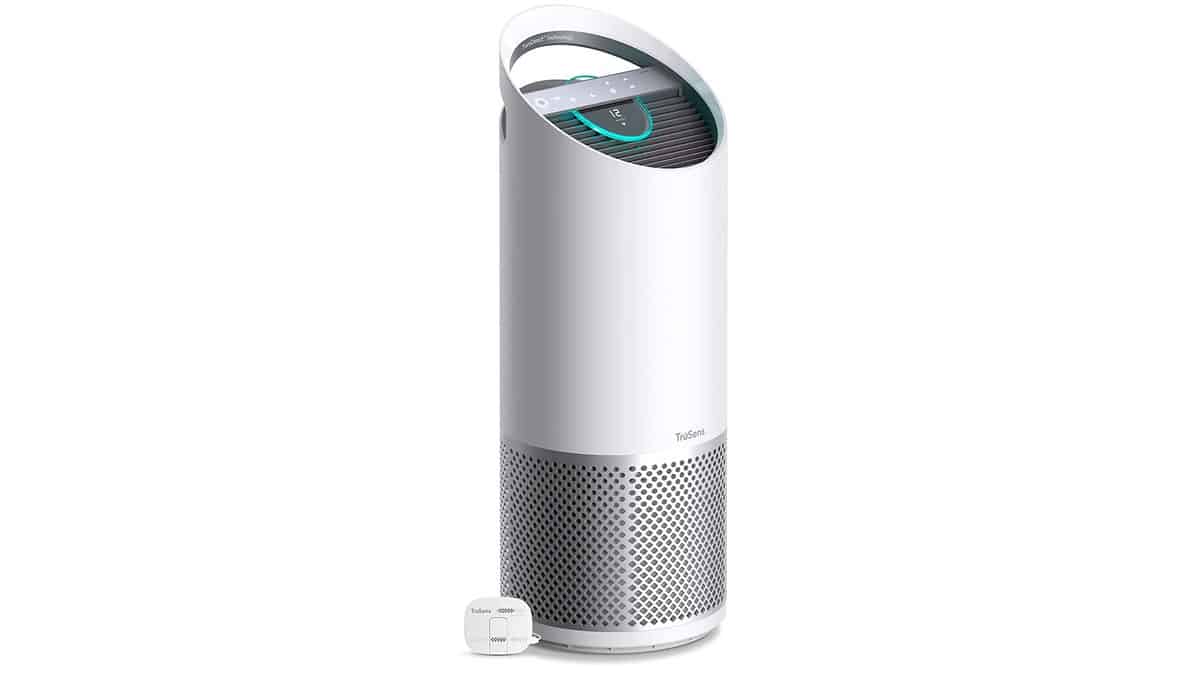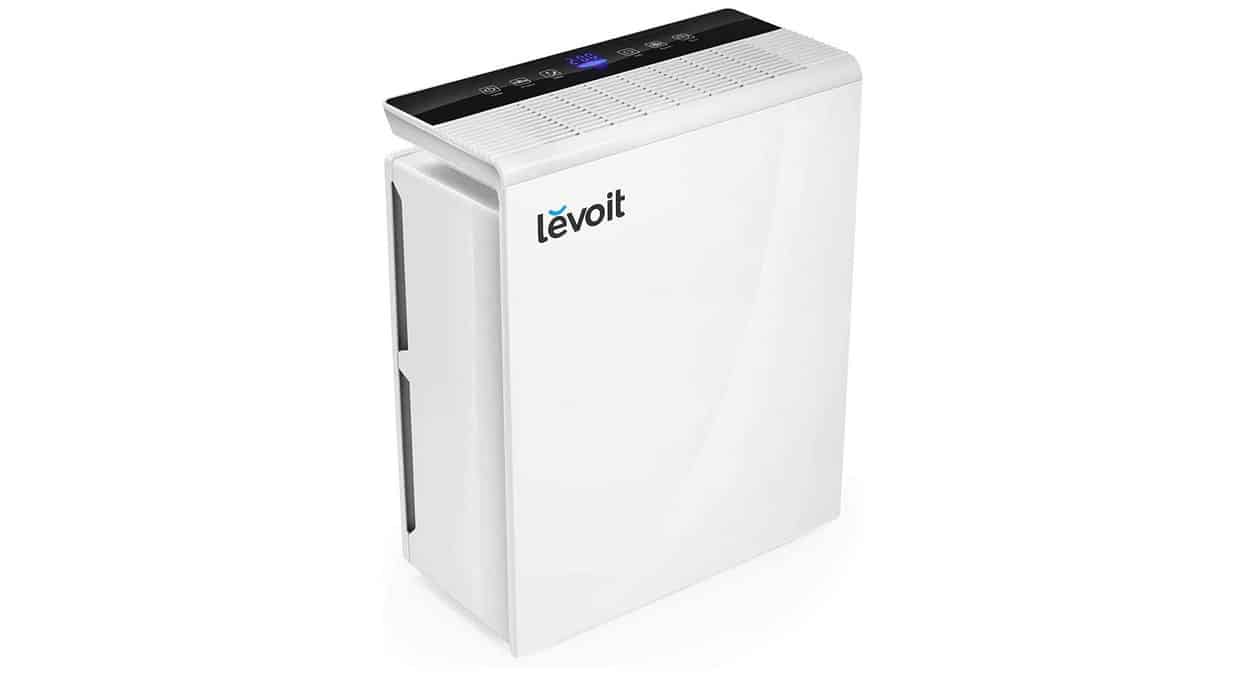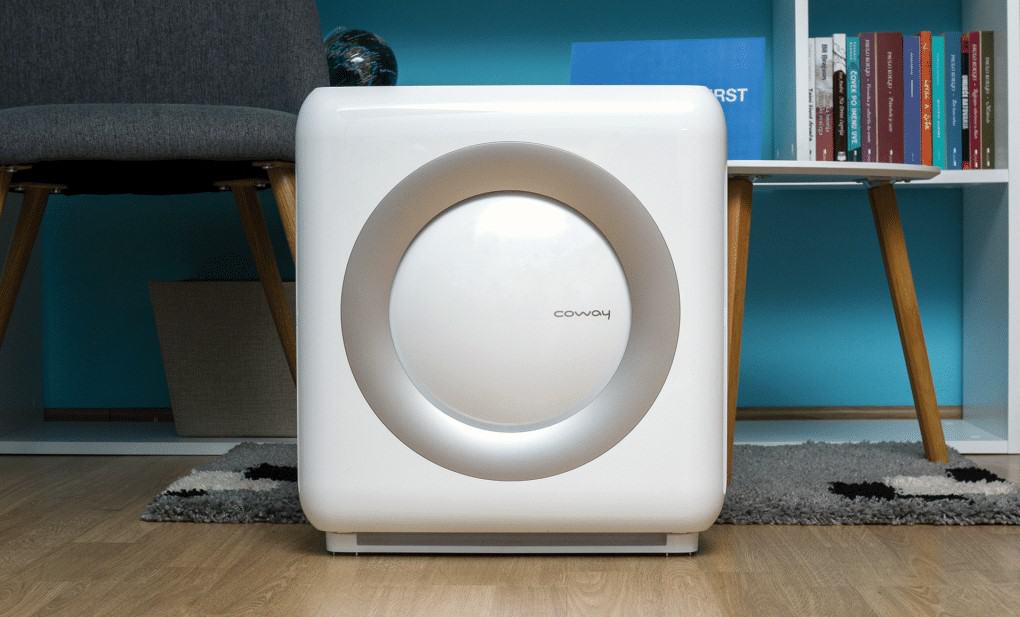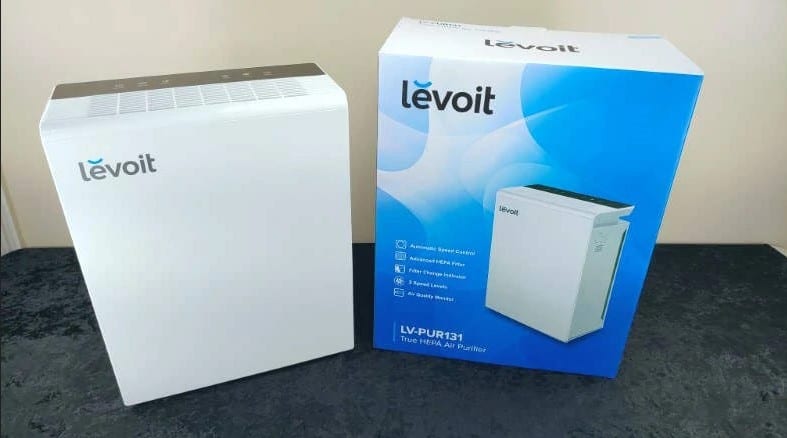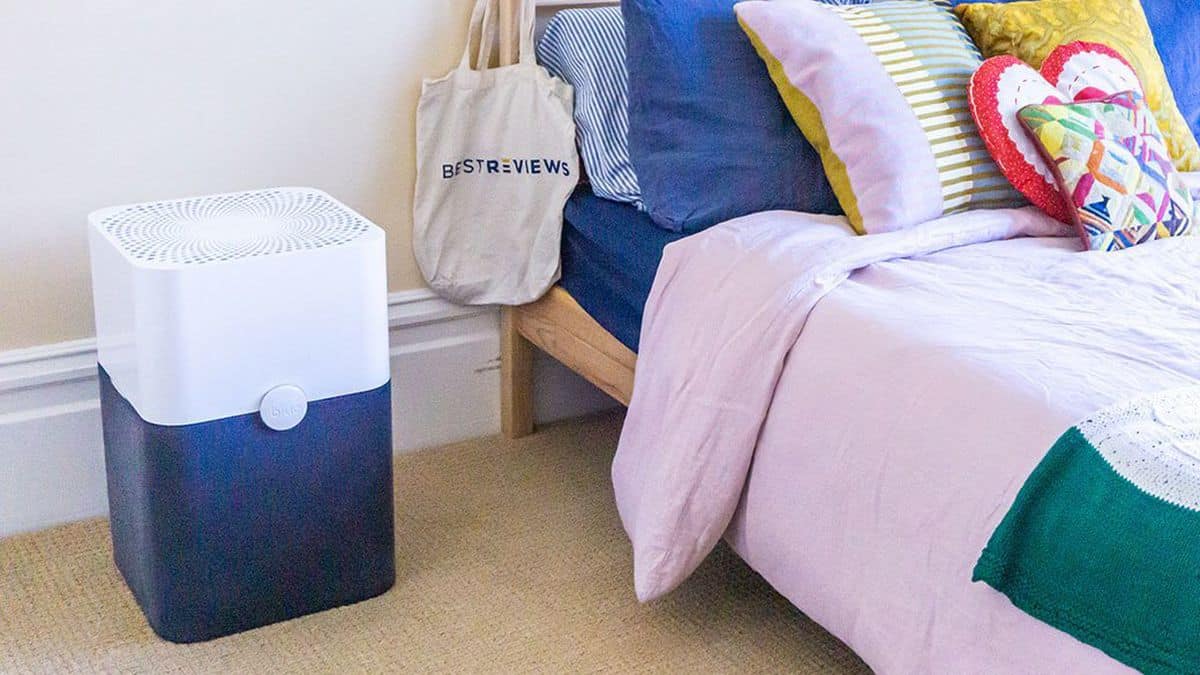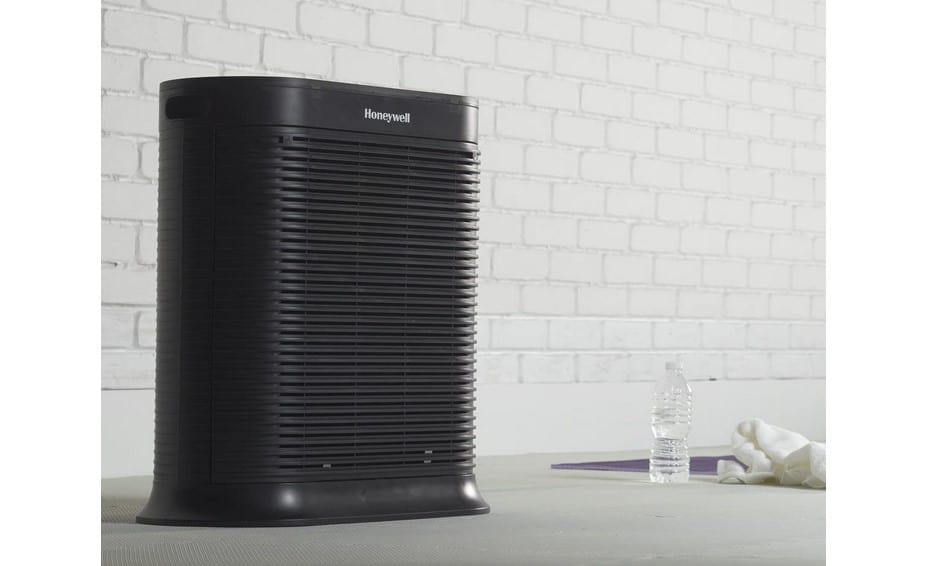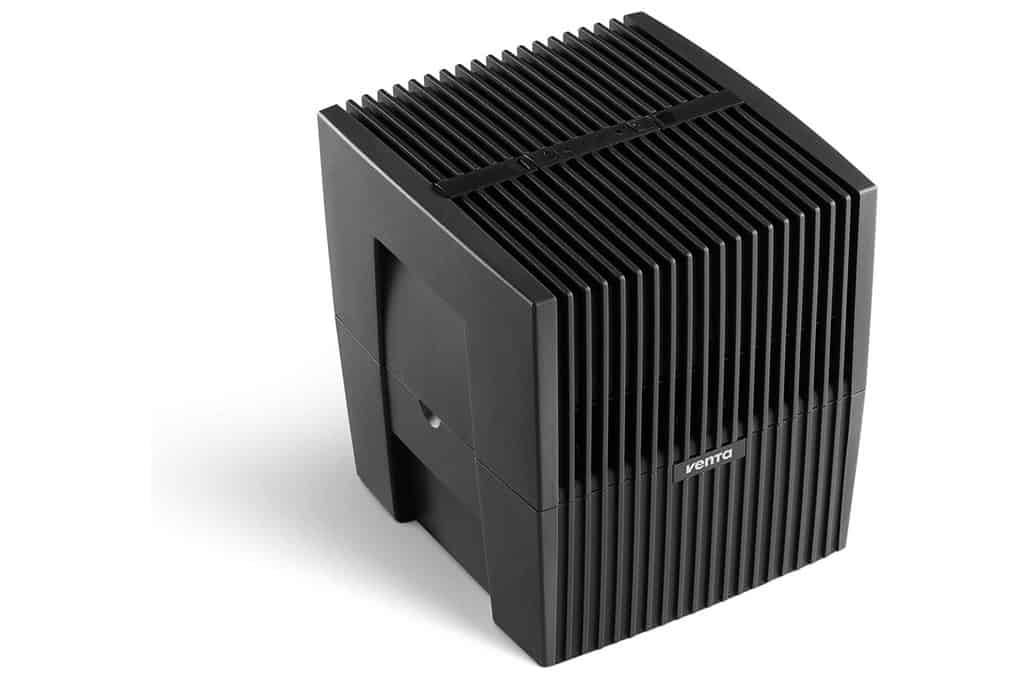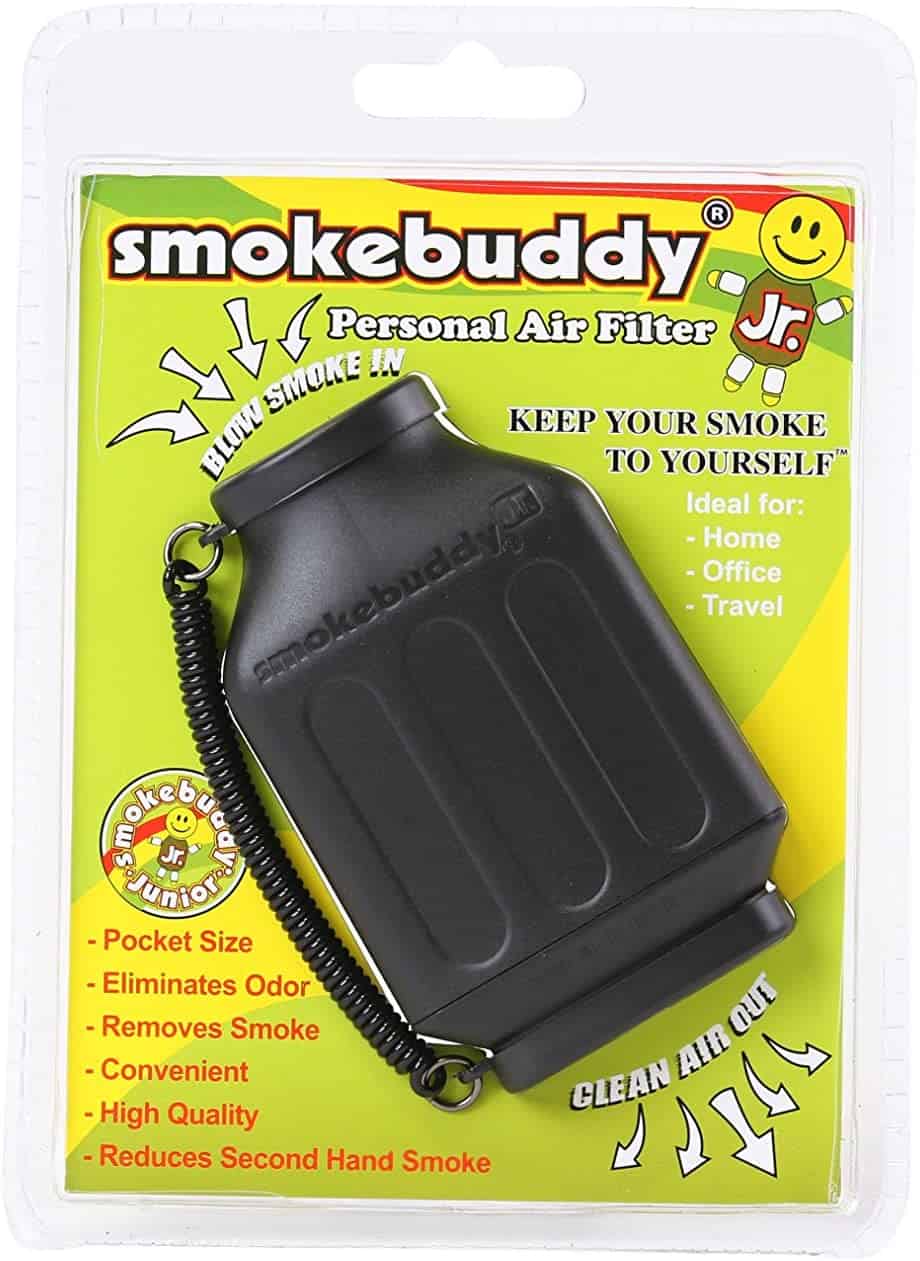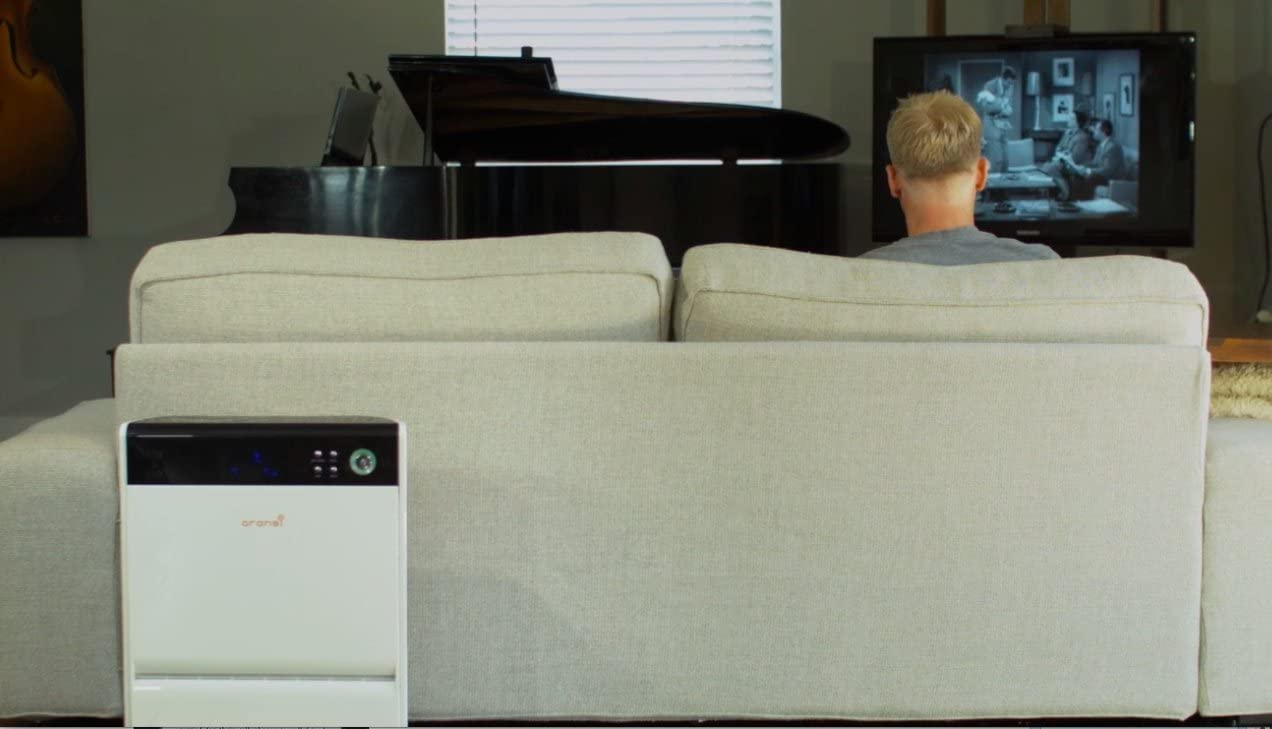If you have recently purchased an activated carbon air purifier, you may be wondering how to replace carbon pellets in your impressive air purifier filter. Or, you might be interested in learning how to make an air purifier with tea tree oil. Keep reading to learn how to change out activated carbon.
KEY TAKEAWAYS:
- Activated carbon air filters will typically need to be cleaned once every month and replaced after a year or two.
- You will rarely be called upon to replace the actual carbon pellets, as carbon air purifier filters feature a different design from other types of carbon filters.
- Carbon filters are great for trapping gaseous pollutants and for reducing odors.
How do Carbon Filters Work?
Before you learn how to replace the carbon pellets in an air purifier, it will be helpful to know how activated carbon filters work and how to test the air purifier. Carbon-based air purifiers work similarly to any filter-based air purifier. As such, it uses fans to pull in the surrounding air, where that air is run through the carbon filter. The key difference when compared to HEPA filters and the like is the actual process by which carbon captures and traps air pollutants.
Insider Tip
Carbon-based air purifiers work similarly to any filter-based air purifier.
Activated carbon is charcoal that has been treated to increase the number of porous gaps throughout the surface. Gaseous particles are trapped on and around these tiny pores. For this reason, carbon filters are especially great at capturing volatile organic compounds (VOCs). Other than activated charcoal, you can also use a HEPA filter. However, you need to know how to put a HEPA filter in the air purifier so as not to damage it or lose any accessories that come with it.
Do You Need to Replace the Carbon Pellets?
When it comes to air purifiers, like the Winix 5500, you will not typically be called upon to replace the individual carbon pellets. These kinds of replacement procedures are reserved for larger home units, such as HVAC units, and septic tank filters. You may need to replace the filter itself, but it will be a matter of buying a replacement filter and not a bunch of loose carbon pellets.
Benefits of Using Activated Carbon
There are a number of key benefits to going with an activated carbon air purifier. Here are some.
Insider Tip
Gaseous particles are trapped on and around these tiny pores. For this reason, carbon filters are especially great at capturing volatile organic compounds (VOCs).
Excels with Gaseous Pollutants
Gaseous pollutants can be difficult for most filters to capture, thanks to their incredibly small size. Carbon filters, however, will attract, capture, and trap minuscule gaseous particles below 0.3 microns in diameter. This makes activated carbon filters a great choice for the removal of VOCs, certain virus particles, and smoke. Carbon is not the best choice for reducing allergens and larger particles.
Great for Smells
Aroma-causing particles also tend to be on the smaller side, making them easy prey for an activated carbon filter. One of these filters will not remove every smell but will do a great job at certain unpleasant odors, such as smoke. As a matter of fact, carbon has been used as an odor reducer for centuries in various forms.
In addition, if you use an activated charcoal air purifier, you need to reset the carbon light on an air purifier, if it has become illuminated. An illuminated carbon light indicates that your filter is dirty and needs cleaning or change.
Warning
You may need to replace the filter itself, but it will be a matter of buying a replacement filter and not a bunch of loose carbon pellets.
F.A.Q.
Should you use a carbon air filter?
There are plenty of different air filters out there, so choosing a carbon filter will be a matter of personal preference. Still, these filters are adept at trapping and capturing small gaseous particles.
How easily can a particle become airborne?
Certain particles can easily be kicked up from the carpet or from a surface and become airborne. Generally speaking, the lighter the particle is the easier it will be to make it become airborne.
Is carbon good for allergies?
Activated carbon filters can do a decent job at capturing and trapping certain common household allergens, but not all of them. For reducing the full range of allergens, go with a HEPA filter.
STAT: Man-made sources – paints, coatings, fossil fuels, etc. – account for only 12% as many VOCs as biological sources – 142 teragrams total per year. (source)

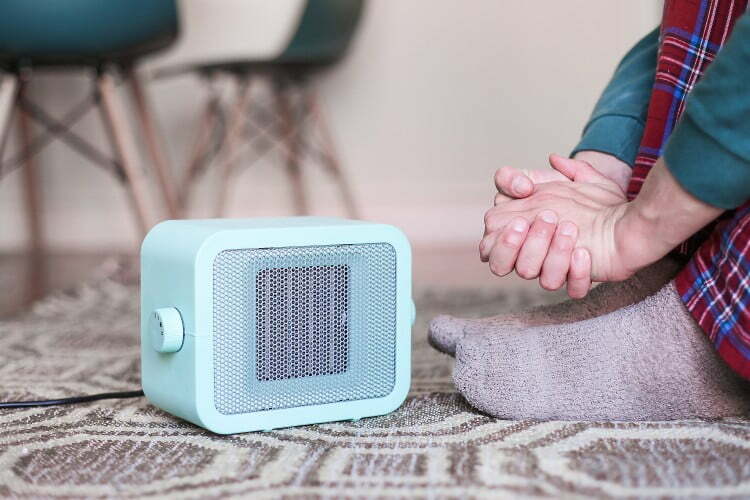













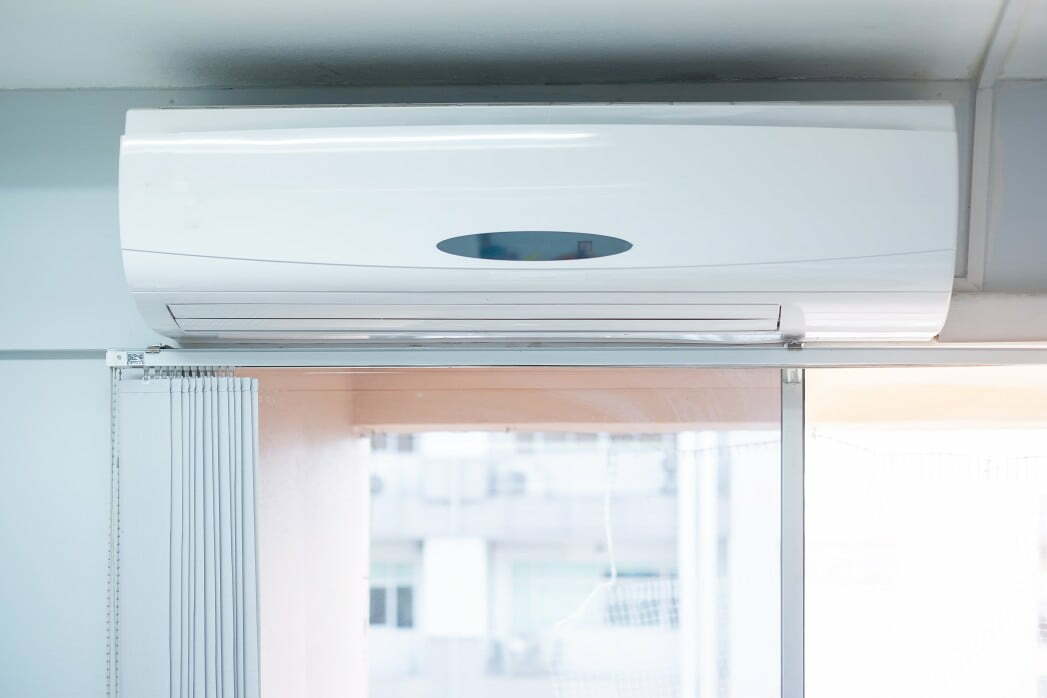

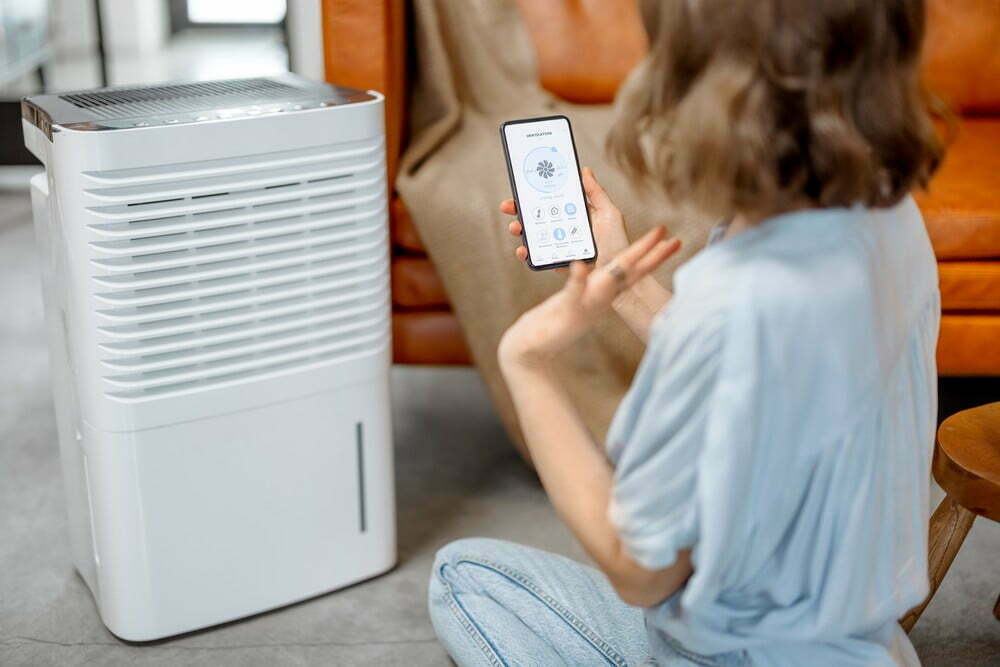
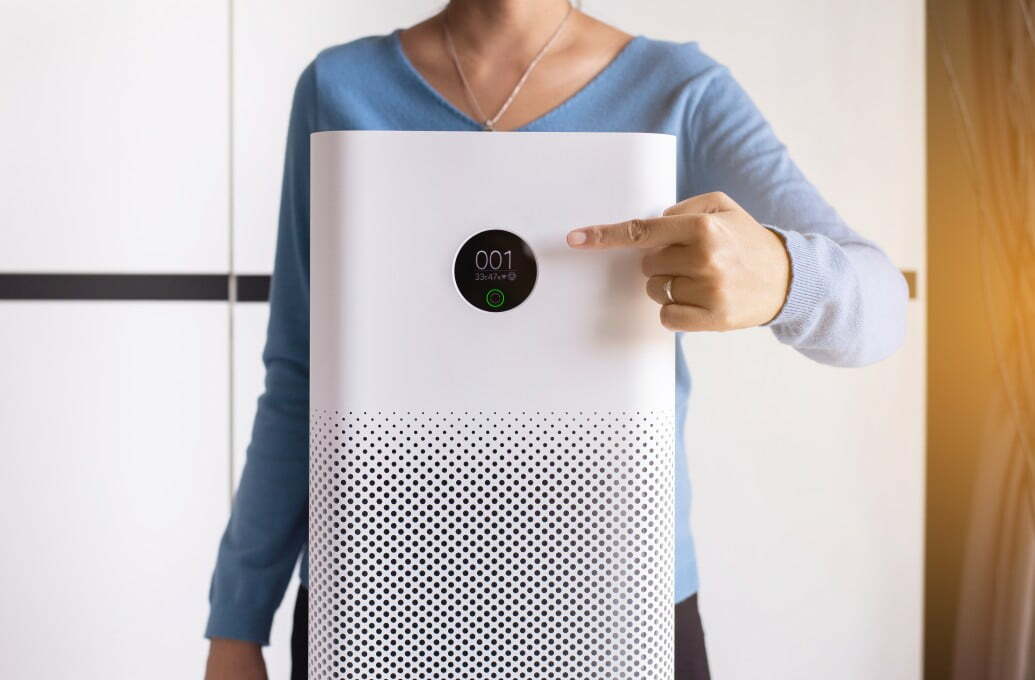
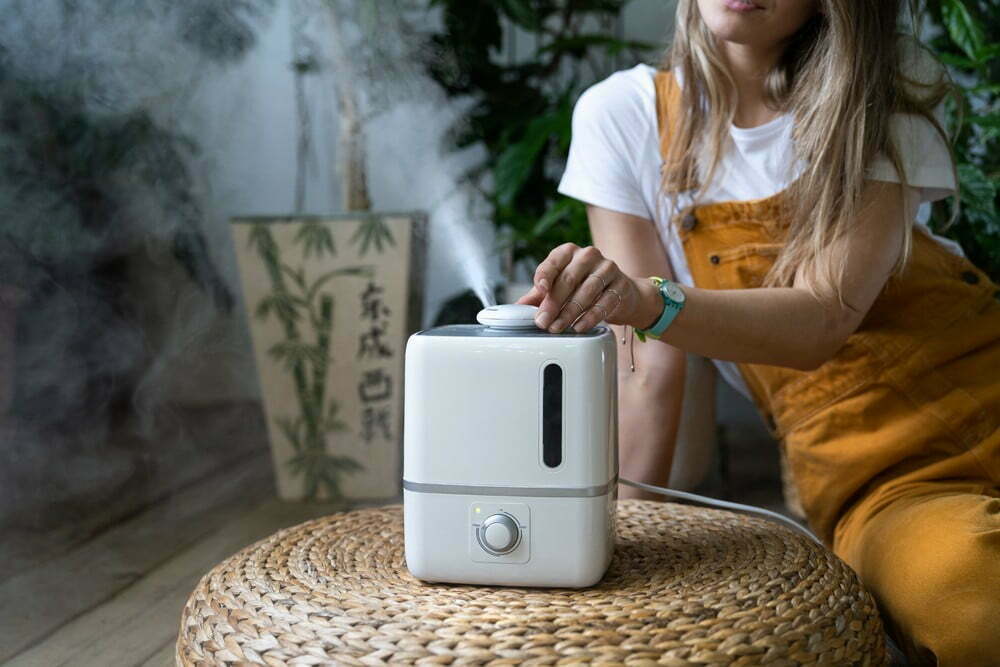


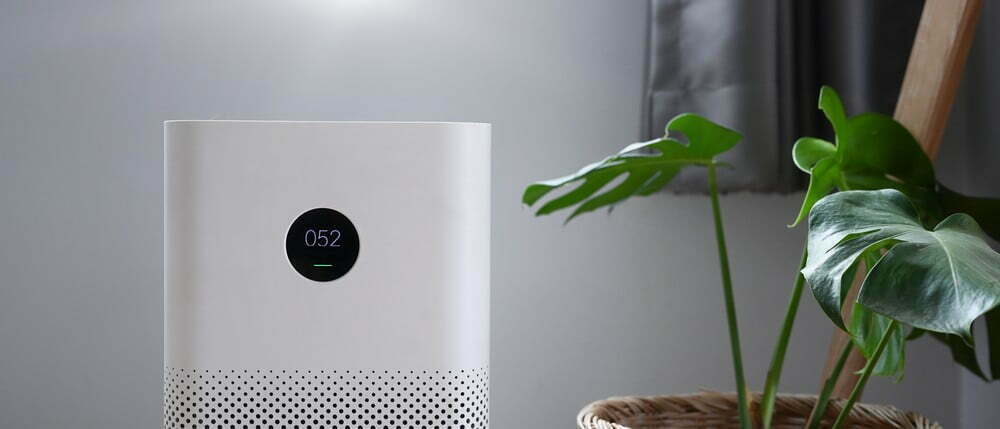
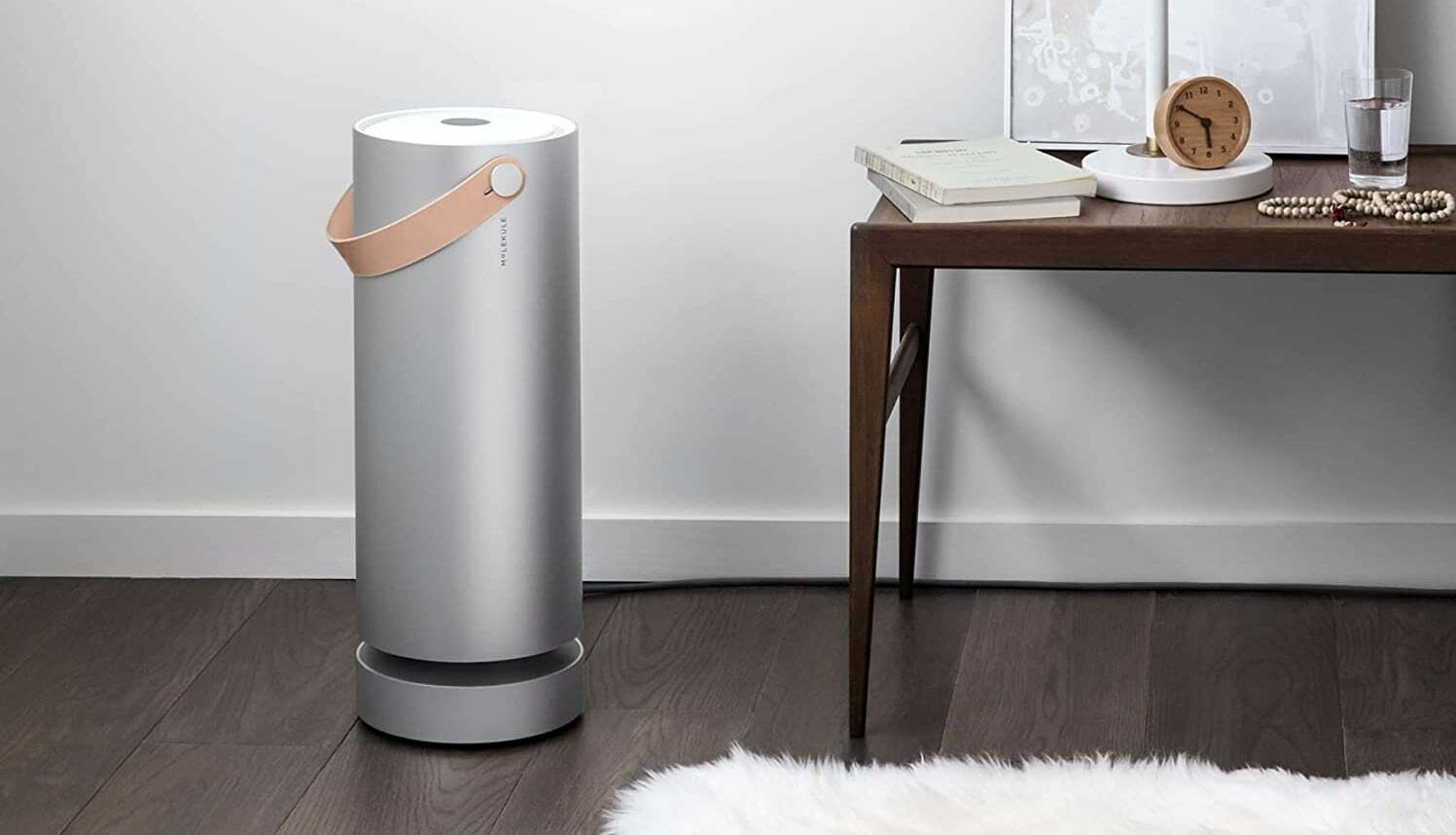
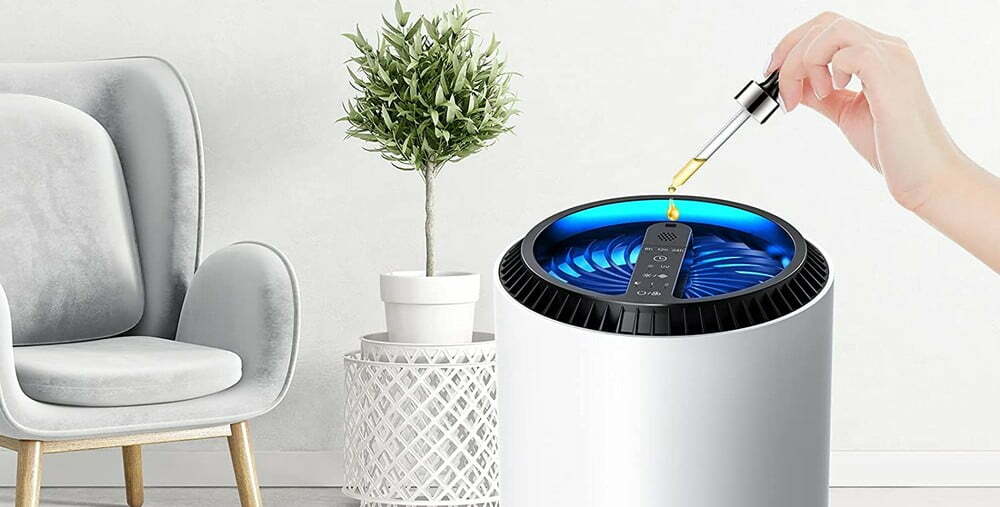
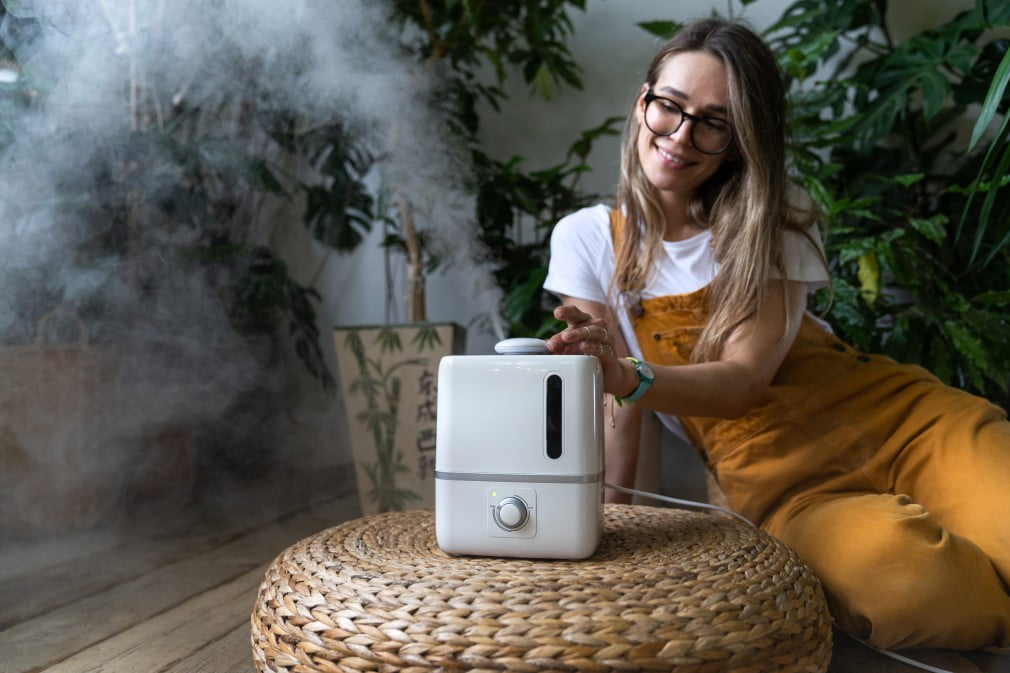
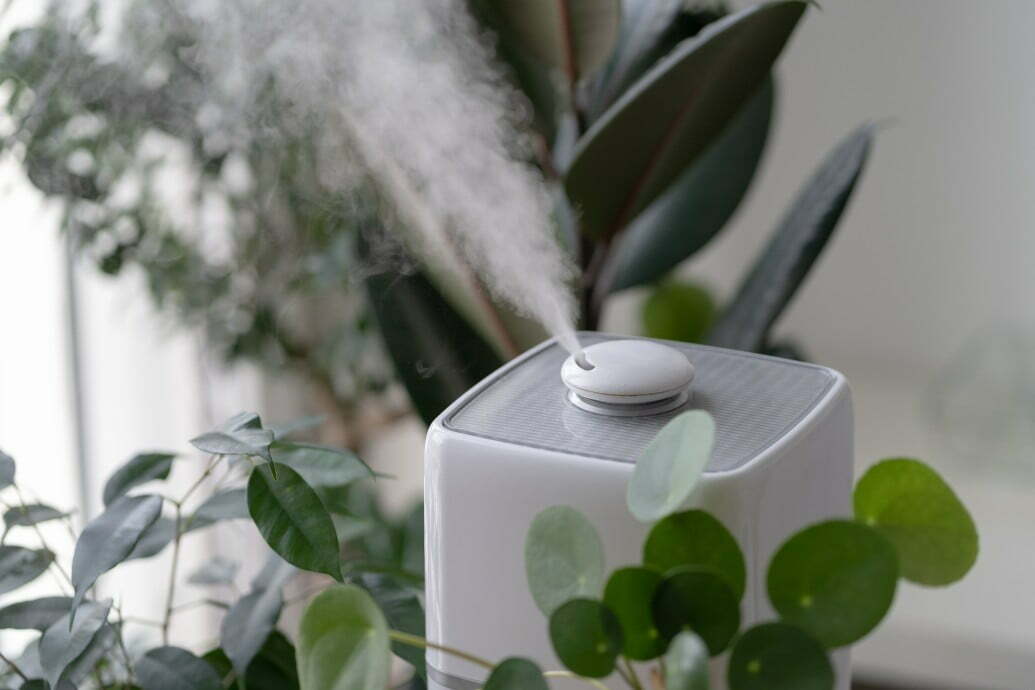

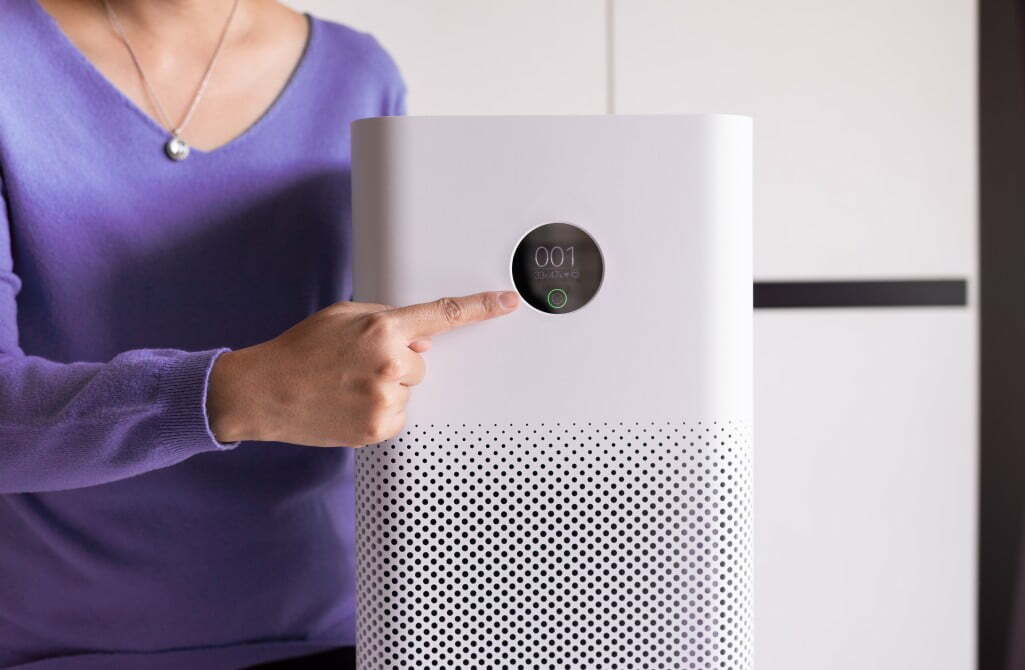
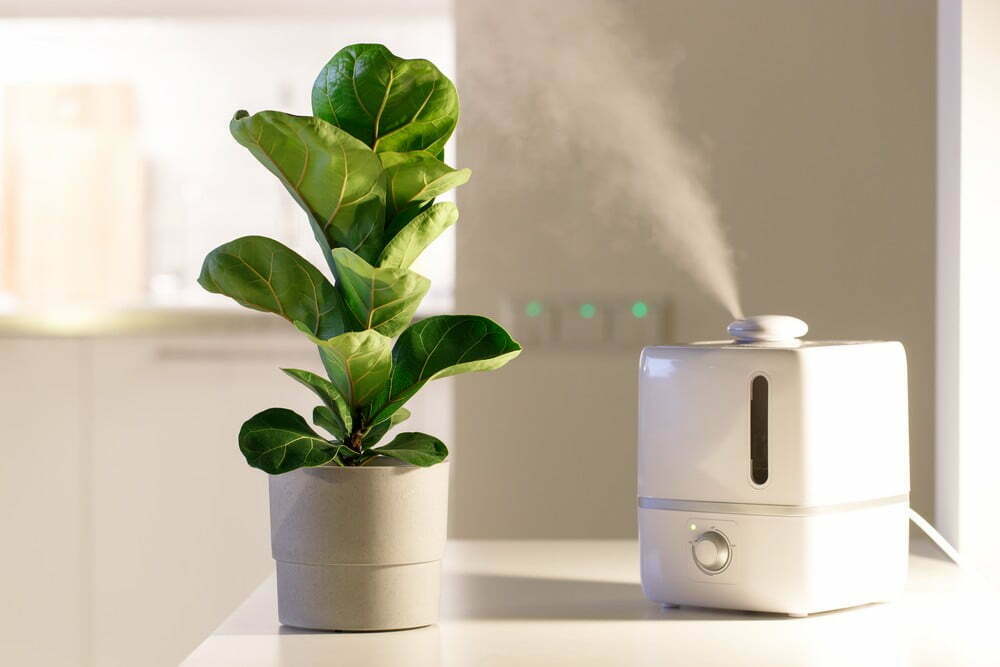

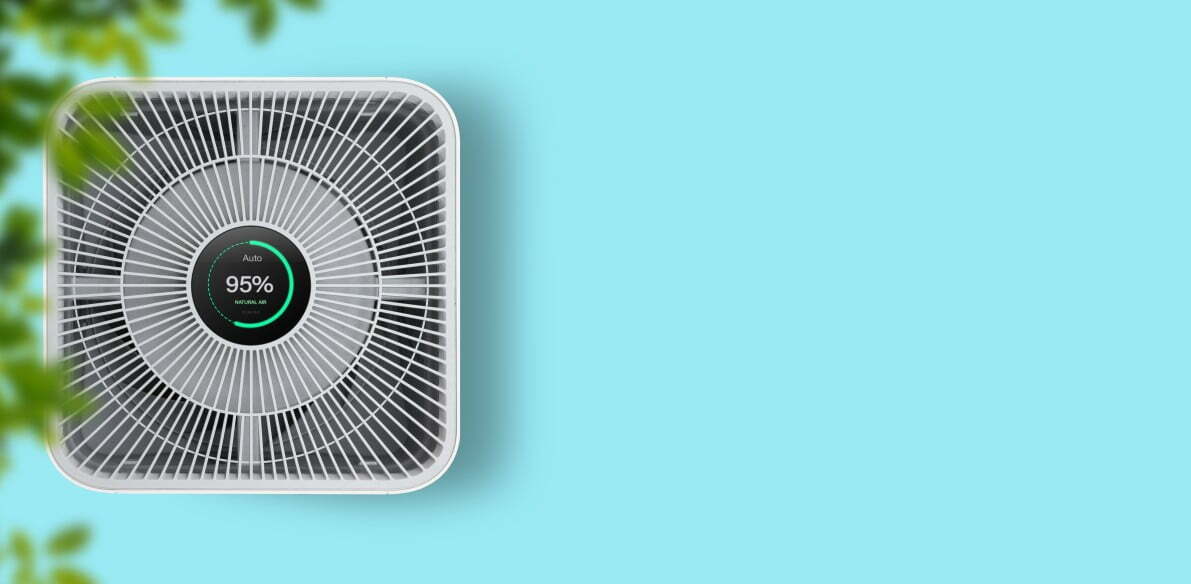
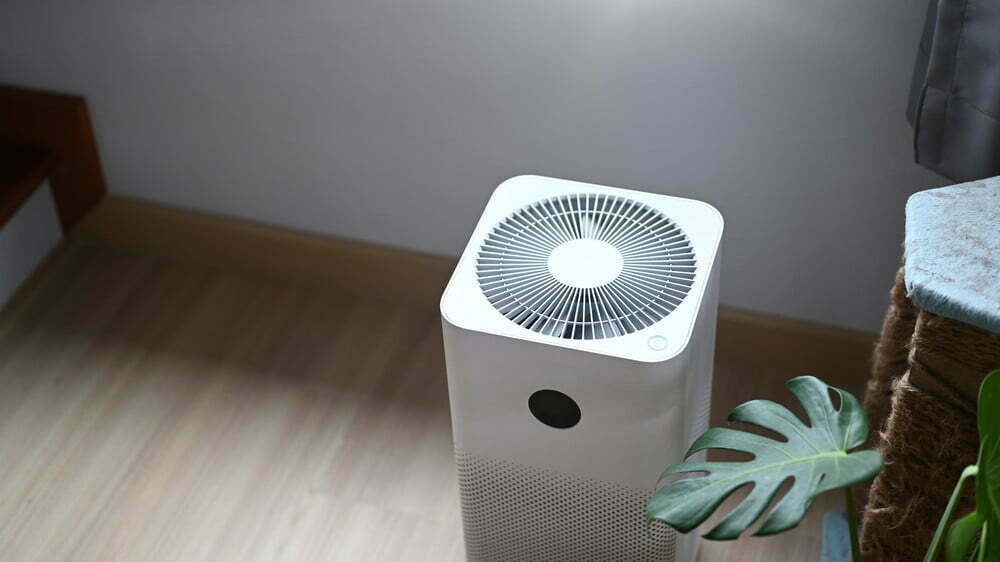
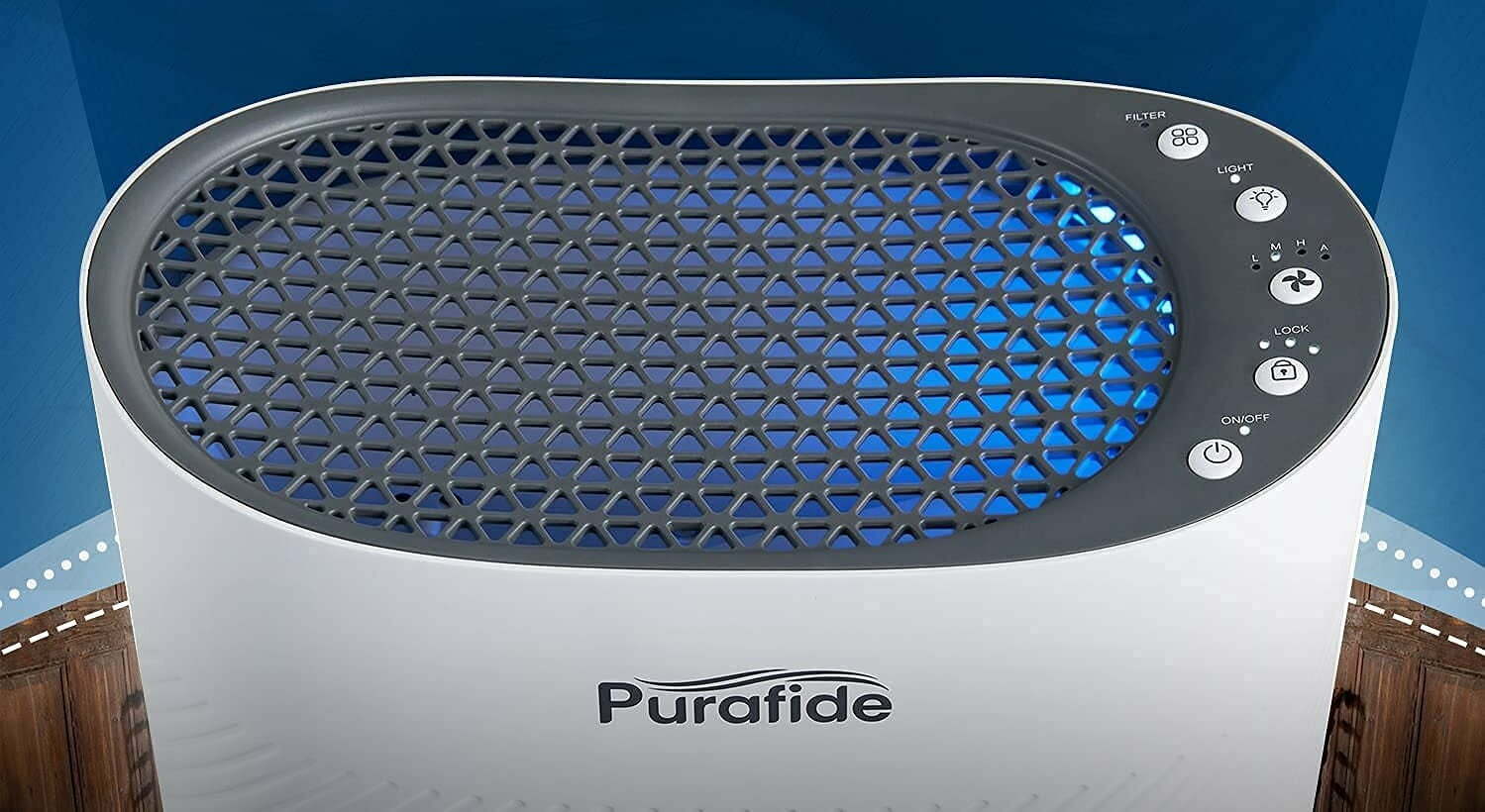
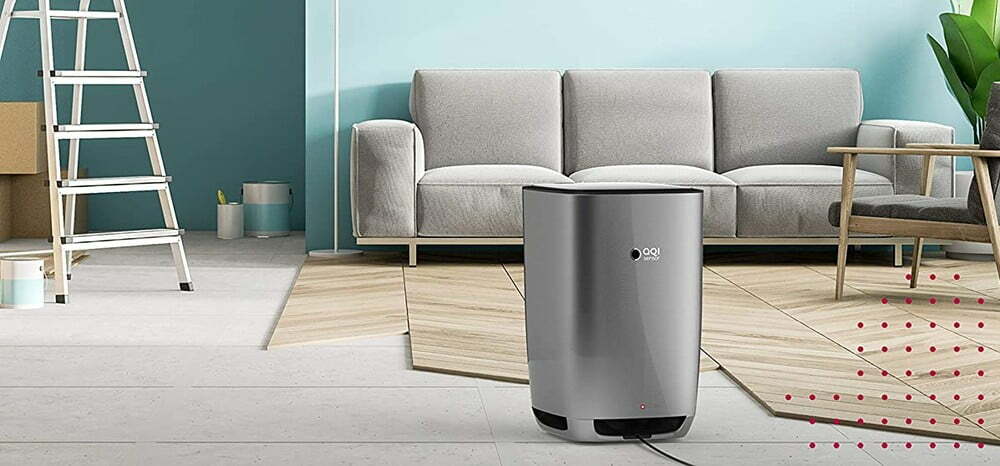
![Best Air Purifiers for VOCs and Formaldehyde in [year] 27 Best Air Purifiers for VOCs and Formaldehyde in 2026](https://www.gadgetreview.dev/wp-content/uploads/best-air-purifier-for-vocs-and-formaldehyde-image.jpg)
![Best Air Purifier in [year] ([month] Reviews) 28 Best Air Purifier in 2026 (January Reviews)](https://www.gadgetreview.dev/wp-content/uploads/Honeywell-True-HEPA-Allergen-Remover-HPA300-e1475603569442.jpg)
![Best Air Purifiers for Dust in [year] 29 Best Air Purifiers for Dust in 2026](https://www.gadgetreview.dev/wp-content/uploads/best-air-purifier-for-dust-image.jpg)
![Best Honeywell Air Purifiers in [year] 30 Best Honeywell Air Purifiers in 2026](https://www.gadgetreview.dev/wp-content/uploads/best-honeywell-air-purifier-image.jpg)
![Best Germicidal Air Purifiers in [year] 31 Best Germicidal Air Purifiers in 2026](https://www.gadgetreview.dev/wp-content/uploads/best-germicidal-air-purifier-image.jpg)
![Best Filterless Air Purifiers in [year] 32 Best Filterless Air Purifiers in 2026](https://www.gadgetreview.dev/wp-content/uploads/best-filterless-air-purifier-image.jpg)
![Best Levoit Air Purifiers in [year] 33 Best Levoit Air Purifiers in 2026](https://www.gadgetreview.dev/wp-content/uploads/best-levoit-air-purifier-image.jpg)
![Best Air Purifiers for Smoking Weed in [year] 34 Best Air Purifiers for Smoking Weed in 2026](https://www.gadgetreview.dev/wp-content/uploads/best-air-purifier-for-smoking-weed-image.jpg)
![Best Quiet Air Purifiers in [year] 35 Best Quiet Air Purifiers in 2026](https://www.gadgetreview.dev/wp-content/uploads/best-quiet-air-purifier-image.jpg)
![Best Desktop Air Purifiers in [year] 36 Best Desktop Air Purifiers in 2026](https://www.gadgetreview.dev/wp-content/uploads/best-desktop-air-purifier.jpg)
![Best Dyson Air Purifiers in [year] 37 Best Dyson Air Purifiers in 2026](https://www.gadgetreview.dev/wp-content/uploads/best-dyson-air-purifier.jpg)
![Best Air Purifiers for Dorm Room in [year] 38 Best Air Purifiers for Dorm Room in 2026](https://www.gadgetreview.dev/wp-content/uploads/air-purifier-for-dorm-room-1.jpg)
![Best Air Purifiers for Office in [year] 39 Best Air Purifiers for Office in 2026](https://www.gadgetreview.dev/wp-content/uploads/best-air-purifier-for-office.jpg)
![Best Air Purifiers for Basement in [year] 40 Best Air Purifiers for Basement in 2026](https://www.gadgetreview.dev/wp-content/uploads/best-air-purifier-for-basement.jpg)
![Best Air Purifiers For Odor in [year] 41 Best Air Purifiers For Odor in 2026](https://www.gadgetreview.dev/wp-content/uploads/best-air-purifier-odor.jpg)
![10 Best Personal Air Purifiers in [year] 42 10 Best Personal Air Purifiers in 2026](https://www.gadgetreview.dev/wp-content/uploads/best-personal-air-purifiers.jpg)
![10 Best Plug In Air Purifiers in [year] 43 10 Best Plug In Air Purifiers in 2026](https://www.gadgetreview.dev/wp-content/uploads/best-plug-in-air-purifier-image.jpg)
![10 Best Whole House Air Purifiers in [year] 44 10 Best Whole House Air Purifiers in 2026](https://www.gadgetreview.dev/wp-content/uploads/best-whole-house-air-purifier-image.jpg)
![10 Best Large Room Air Purifiers in [year] 45 10 Best Large Room Air Purifiers in 2026](https://www.gadgetreview.dev/wp-content/uploads/Coway-Airmega-200M-Large-Room-Air-Purifier-900x900-1.png)
![10 Best UV Air Purifiers in [year] 46 10 Best UV Air Purifiers in 2026](https://www.gadgetreview.dev/wp-content/uploads/best-uv-air-purifier.jpg)
